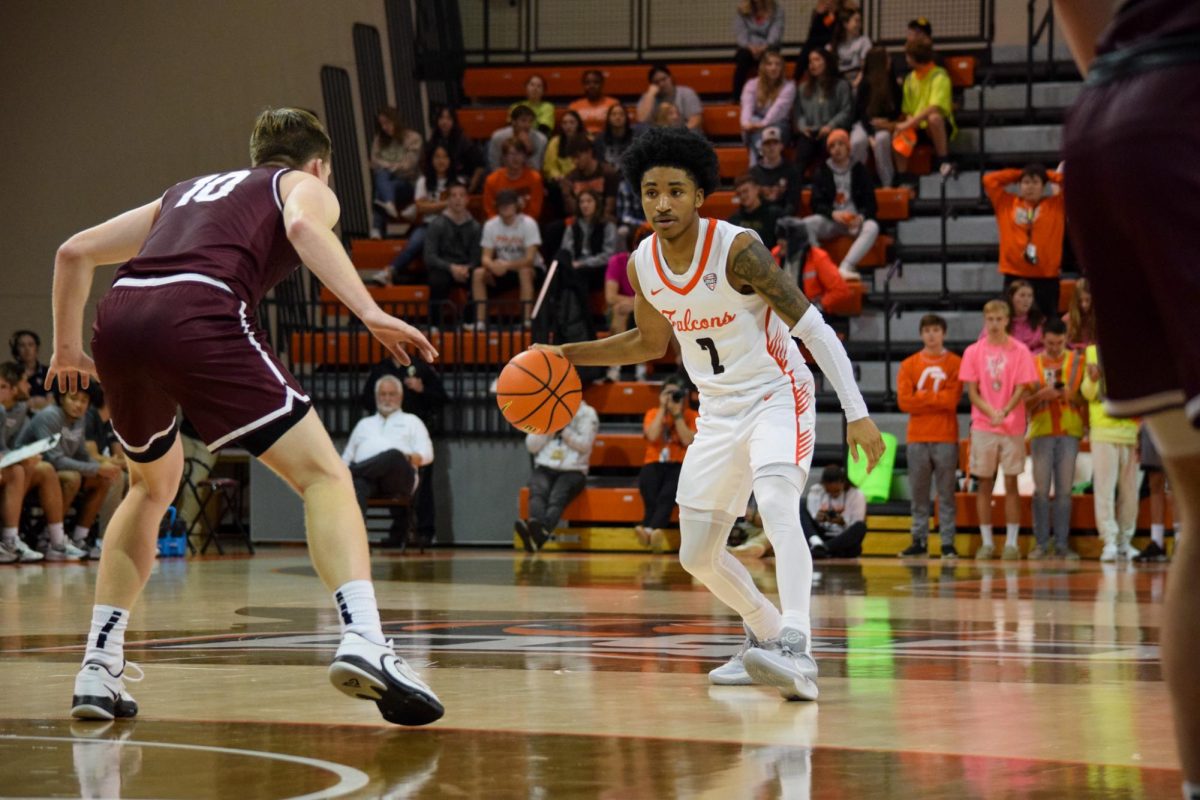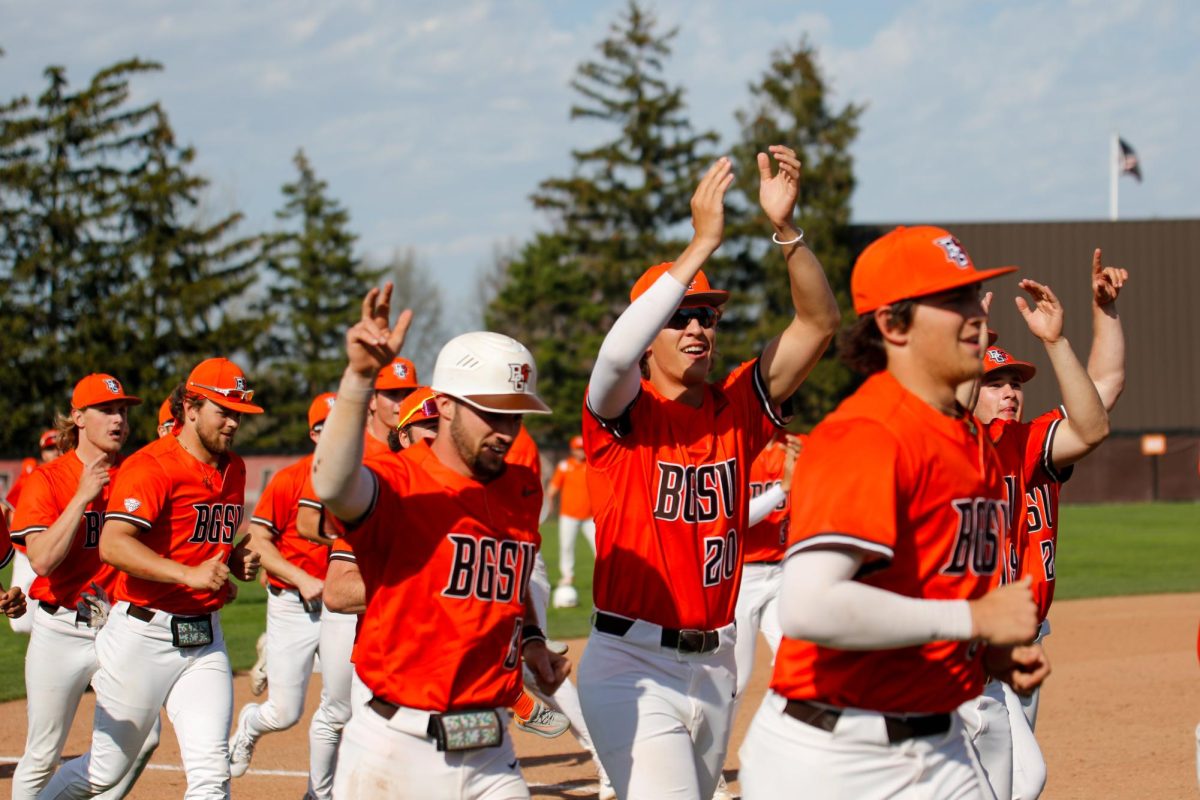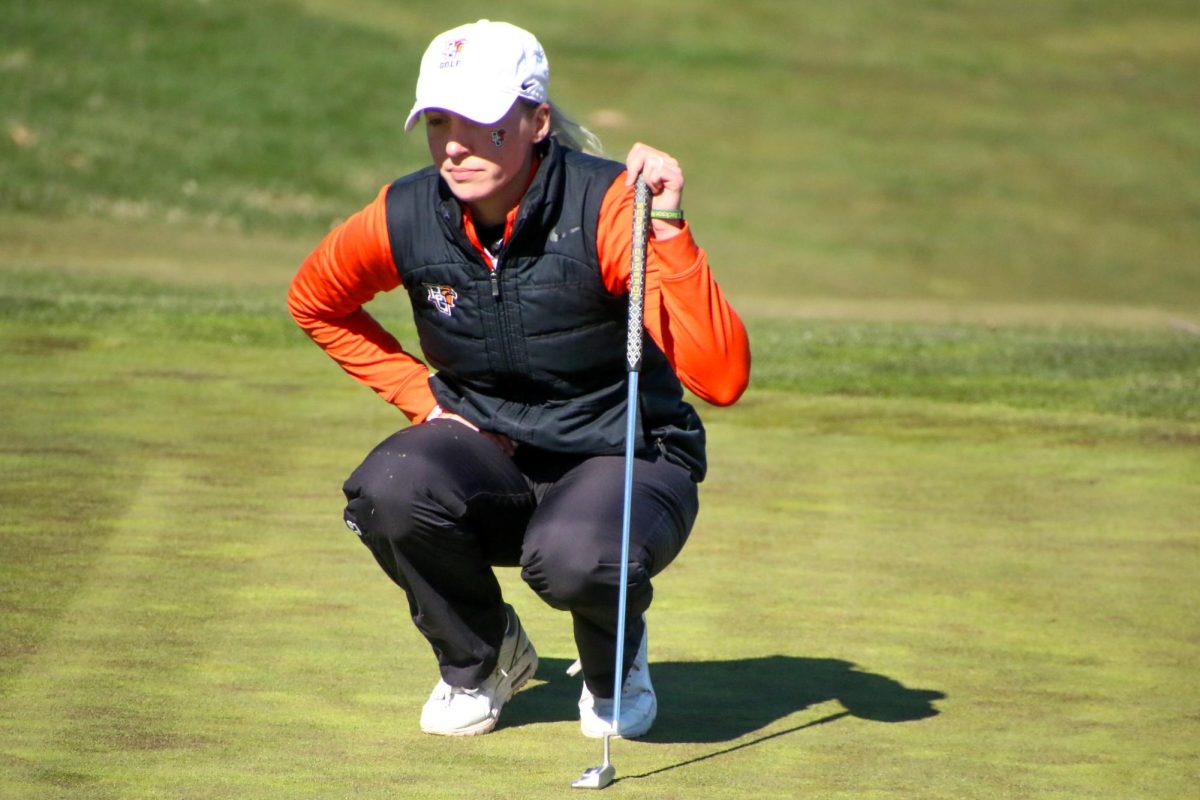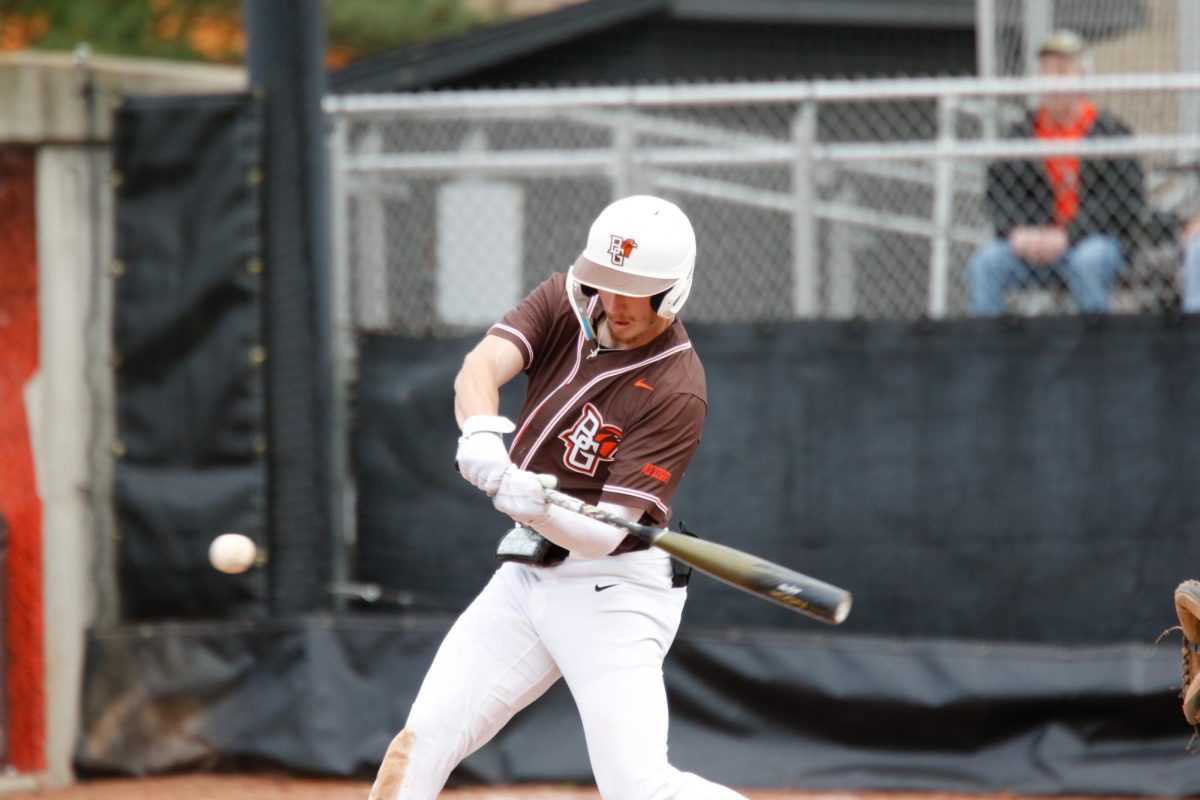LEXINGTON, Ky. – The lone air traffic controller on duty the morning Comair Flight 5191 crashed cleared the jet for takeoff, then turned his back to do some “administrative duties” as the aircraft veered down the wrong runway, a federal investigator said yesterday.
Separately, the Federal Aviation Administration acknowledged violating its own policies when it assigned only one controller to the Lexington tower.
The commuter jet struggled to get airborne and crashed in a field before daybreak Sunday, killing 49 of the 50 people aboard, after taking off from a 3,500-foot runway instead of an adjoining one that was twice as long. Experts said the plane needed at least 5,000 feet for takeoff. The sole survivor, first officer James Polehinke, was in critical condition yesterday.
The air traffic controller had an unobstructed view of the runways and had cleared the aircraft for takeoff from the longer runway, said National Transportation Safety Board member Debbie Hersman.
Then, “he turned his back to perform administrative duties,” Hersman said. “At that point, he was doing a traffic count.”
The controller, whose name was not released, had been working at the Lexington airport for 17 years and was fully qualified, Hersman said.
Polehinke was flying the plane when it crashed, but it was the flight’s captain, Jeffrey Clay, who taxied the aircraft onto the wrong runway, Hersman said. Clay then turned over the controls to Polehinke for takeoff, the investigator said.
Polehinke was pulled from the burning plane after the crash but has not been able to tell investigators why the pilots tried to take off from the wrong runway.
Both crew members were familiar with the Lexington airport, according to Hersman. She said Clay had been there six times in the past two years, and Polehinke had been there 10 times in the past two years – but neither had been to the airport since a taxiway repaving project just a week earlier that had altered the taxiway route.
Earlier yesterday, the FAA admitted it violated a policy, outlined in a November 2005 directive, requiring that control tower observations and radar approach operations be handled by separate controllers.
FAA spokeswoman Laura Brown said the controller at the Lexington airport had to do his own job – keeping track of airplanes on the ground and in the air up to a few miles away – as well as radar duties.
Before Hersman’s briefing yesterday, the NTSB said Polehinke was flying the plane; it made no mention of Clay being the one who taxied the plane into position.
Polehinke’s mother, Honey Jackson, said her son is not to blame for the crash, and she asked people to be patient until all the facts were revealed.

















